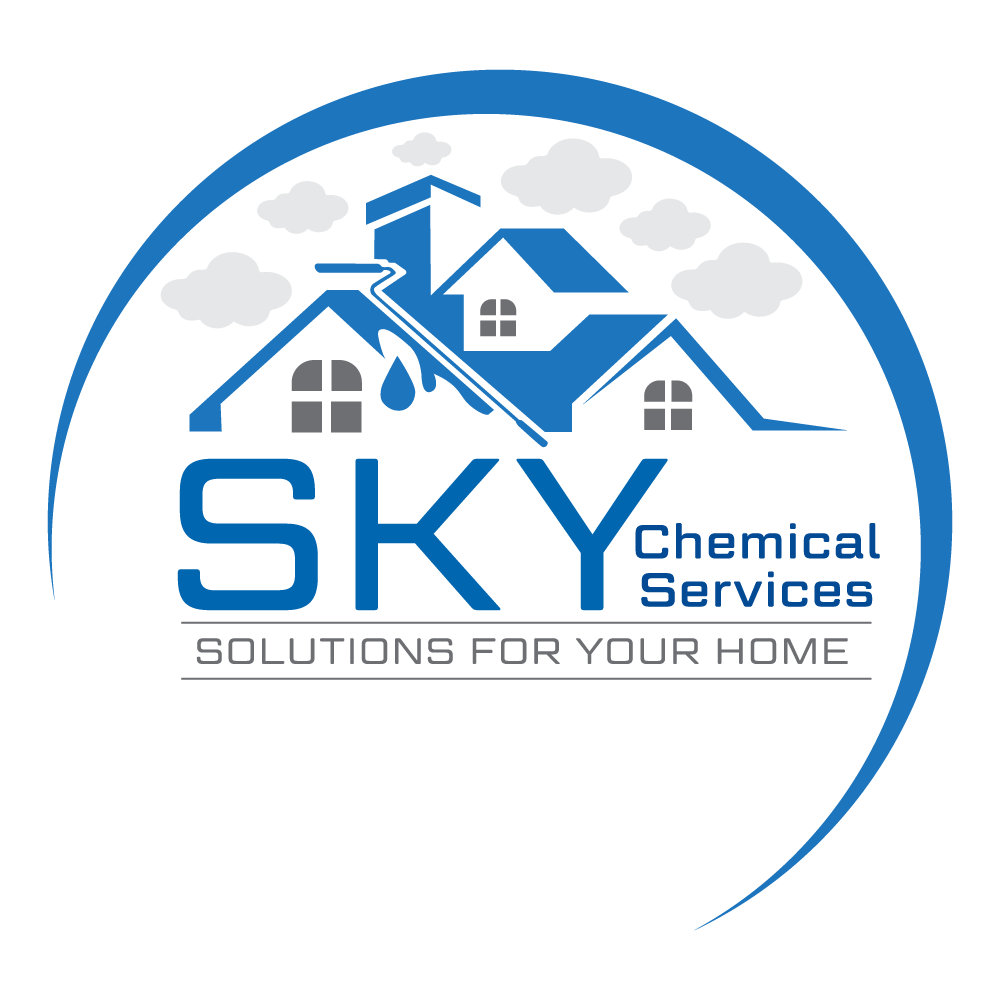Is it necessary to cover leak-prone areas, such as joints, shower enclosures, and sinks? Of course! No one would like to see a washroom leaking from different sections. The best solution to fix a water leak is a strong sealant, made from acrylic. Also called painters caulk, this binder is formed by emulsifying polyurethane or acrylic resin and water with different tools. Expert tips and services for waterproofing your bathroom.
Characteristics of Acrylic Sealants
- Strong adhesion
- Robust elasticity
- Weather-resistant
- Non-toxic
- Non-flammable
- Permeable
- Easy to clean
Read More
List of Chemicals Used for Roof Waterproofing in Pakistan
What Should You Expect from Roof Waterproofing in Karachi?
Is Grout Solution Waterproofing?
Physical and Chemical Properties
| Particulars | Values |
| Physical State | Liquid |
| Melting Point | N/E |
| Boiling Point | 277oF |
| Autoignition Point | 700oF |
| Flash Point | 65oF |
| Specific Gravity | 0.903 |
| Volatility | <80% (by weight) |
| Vapor Density | N/E |
| Appearance | Clear |
How to Apply Acrylic Sealant in Bathrooms?
-
Primer Application
Acrylic sealants don’t need a priming solution for the surface. These solutions can be applied after a thorough clean.
-
Clean the Surface
Clean the entire with soap and water. Make sure that dirt, debris, and existing sealant is not present. Use a brush or vacuum for the process.
-
Align the Area
The use of masking tape is essential for proper application of sealant. Apply the tape to the edges or lines for proper alignment. Make sure that it is stuck to the surface.
N.B. Remove the masking tape before the adhesive dries.
-
Prepare the Cartridge
Use a sharp utensil to cut the cartridge seal. Thereafter, cut the applicator tip at an angle of 45o. Make sure that the cut on the opening end is thicker than the joint line.
-
Use the Cartridge Gun
Load the gun and angle it at 42-45o. Apply pressure and position the gun towards the specific area. To stop the outflow of adhesive, press the button (at the gun’s back) or release the lever.
N.B. Keep moderate speed when applying the acrylic sealant.
-
Finish the Seal
Smooth the sealant with your fingers (using PPEs) after cleaning them with water. Afterwards, clean your hands with soap and water.
-
Wipe Away Unwanted Sealant
Tidy the place by removing excess sealant present on the floor’s surface.
Acrylic sealants can be applied over yellowed or cracked sealants for a refreshed appearance. Moreover, the anti-mold formula added to the sealant helps it to look attractive for years.
Read More
How to Test for Roof Leak Detection?
How Can We Seal Exterior Brick Wall?
What’s the Difference Between Grout and Caulk?
Differences Between Acrylic and Silicone Sealants
- Acrylic sealants contain acrylate, acrylic acid, and polymers, whereas silicone sealants are composed of silicone polymer.
- Acrylic sealants can be repainted, whereas silicone sealants cannot.
- Acrylic sealants are cheaper and eco-friendlier than their counterparts.
How to Remove Old Acrylic Sealer from the Surface?
- Pour liquid xylene to thin the acrylic coat present on the surface, such as concrete.
- Use a long-handle brush to scrub the surface.
N.B. Don’t walk on the surface after spreading the chemical. It will be slippery.
- Use a power washer to wash the surface with soap and water after some time.
- The acrylic coat will be removed from the section.
- Repeat the process for the entire area.
- Once done, wash the surface with water and let it dry completely.
- Afterwards, you can use the area without any problem.
Acrylic sealers offer numerous advantages to residential and commercial users: These coverings are easy to clean and maintain, non-toxic, and non-flammable. Moreover, it is the perfect option to stop water leakage from cracks and ruptures in washrooms. To know more, connect with experts from Sky Chemical Services.
Our experts are known far and wide; besides Karachi, they have finalized projects in Lahore, Quetta, Islamabad, Multan, and Sialkot. Their work is regarded as one of the best by homeowners and businessmen.
